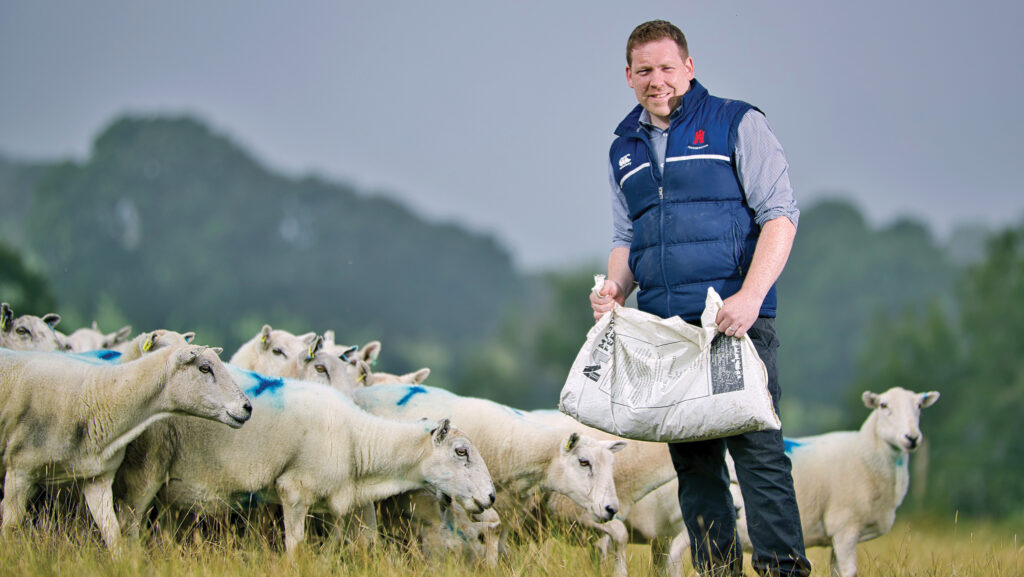Farmer Focus: Splashed out for daughter’s hobby flock
 Joe Mault © Richard Stanton
Joe Mault © Richard Stanton We gave my daughter a small flock of Pedigree Black Welsh Mountain sheep to spark her interest. Now tup fever has arrived in the Mault household.
I’m sure many farming families have a few sheep “for the kids” that soon turn into pets, and all have names.
The trouble with this little flock is I’ve found myself being engrossed with them, researching pedigrees, reading flock books and so on.
See also: Dismay as abattoirs cut lamb prices in bluetongue (BTV) restriction zone
Questions are being asked by the family: who are the sheep really for?
While I have previously said that breed standards are a waste of time from a commercial point of view, I have debated (with myself) for hours on whether to sell some ewe lambs as their ears might be too long.
I guess this is the fun, or frustration, of pedigree breeding.
This year, though, we needed to introduce some new blood into the flock, so I found myself at the local Black Welsh Mountain Society sale in Ruthin.
I knew there was a tup going to the sale that would suit us as I saw it advertised on social media. Instantly, I liked the look of him, and I liked him even more when I saw him in the flesh.
Unfortunately for me (but not for the seller), it won reserve champion. During the sale, tup fever certainly took hold, and I ended up paying more than I have ever done for a ram lamb – 640gns.
I made up my mind that I wasn’t going home without him, which afterwards I thought was quite a dangerous tactic.
While I appreciate the sum paid did not reach the dizzying heights of other breeds, it was a lot of money for our little hobby flock.
On returning home, I was excited to see what type of lambs he would produce.
So following isolation, I picked out some older ewes that we could experiment with to see if we could get them in lamb without sponging.
Being a Welsh Mountain breed, they generally don’t start cycling until much later in the year.
I only left them all together for one cycle as I need to be able to fit the lambing in during February half-term. A few have raddle marks on them, so fingers crossed.

